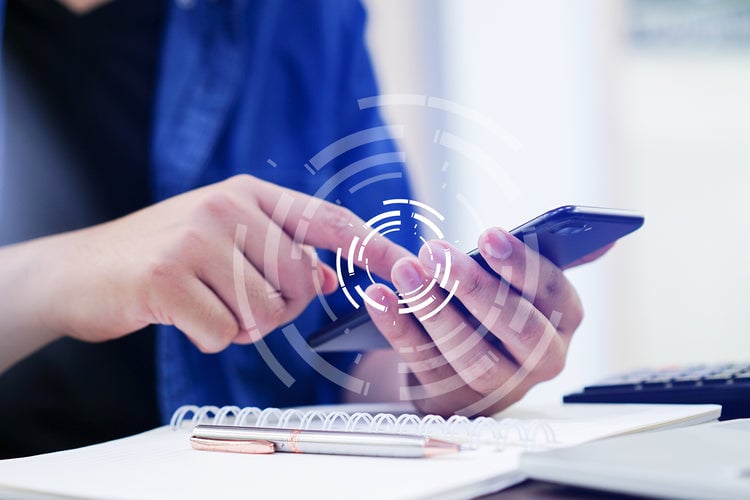
What is haptic feedback? Broadly speaking, haptic feedback is the use of vibrations and other force mechanisms to mimic various physical sensations. Haptic feedback systems can be classed as either tactile feedback, like differential surface texture and vibrations, or kinesthetic haptics, which describes force sensations.
Haptic feedback is nothing new. For decades, flight simulators, video games, and cell phones have made use of the technology. The optional rumble pack for the N64 controller represented one of the earliest examples of haptic feedback systems designed for a mass audience. However, recent advances in piezo drivers have allowed for greater and more varied usage. High-definition (HD) haptic feedback has dramatically increased the capabilities of this technology by allowing for much more finely tuned feedback responses.
How Haptic Feedback Is Used in the World of Tech Today
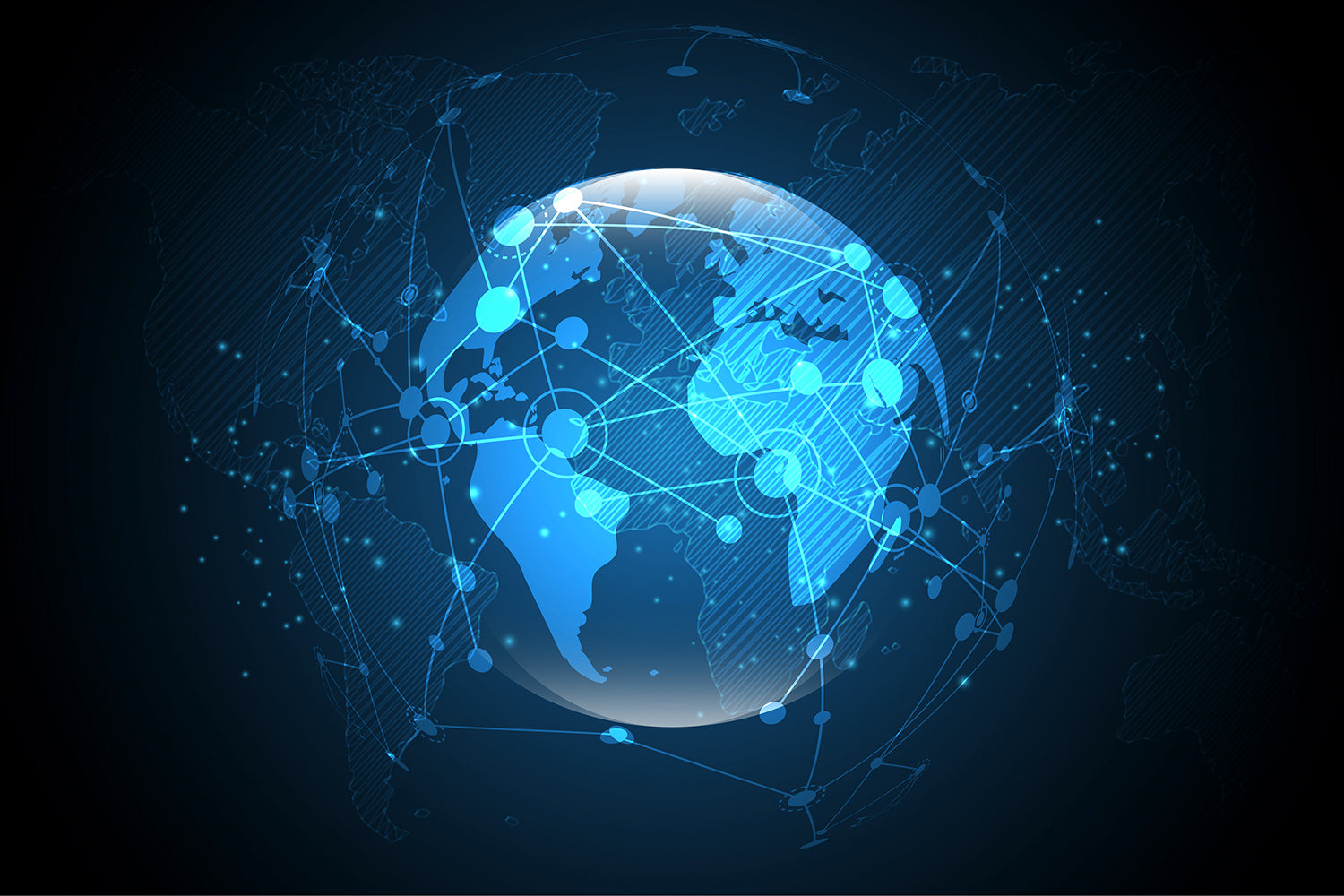
Haptic feedback has a wide range of applications in modern technology. Here are a few.
Heightening Users' Sense of Presence
Haptic feedback can help to heighten a user's sense of presence when engaging with certain forms of technology. For example, many virtual reality (VR) and augmented reality (AR) systems rely on multiple forms of sensory feedback to create fully immersive experiences. Haptic feedback can transport users into an immersive world by accurately mirroring real-life physical sensations when the user interacts with virtual objects.
Improving the Overall User Experience
Haptic feedback improves the overall user experience across a range of different electronic devices. That's because haptics create a more immersive and intuitive experience by interacting with our sense of touch.
For example, a smartphone screen that utilizes haptics can provide a higher level of feedback, such as simulated friction on the finger pads when adjusting a volume or screen brightness control, or simulated clicks when pressing virtual buttons.
Increasing Touchscreen Accuracy
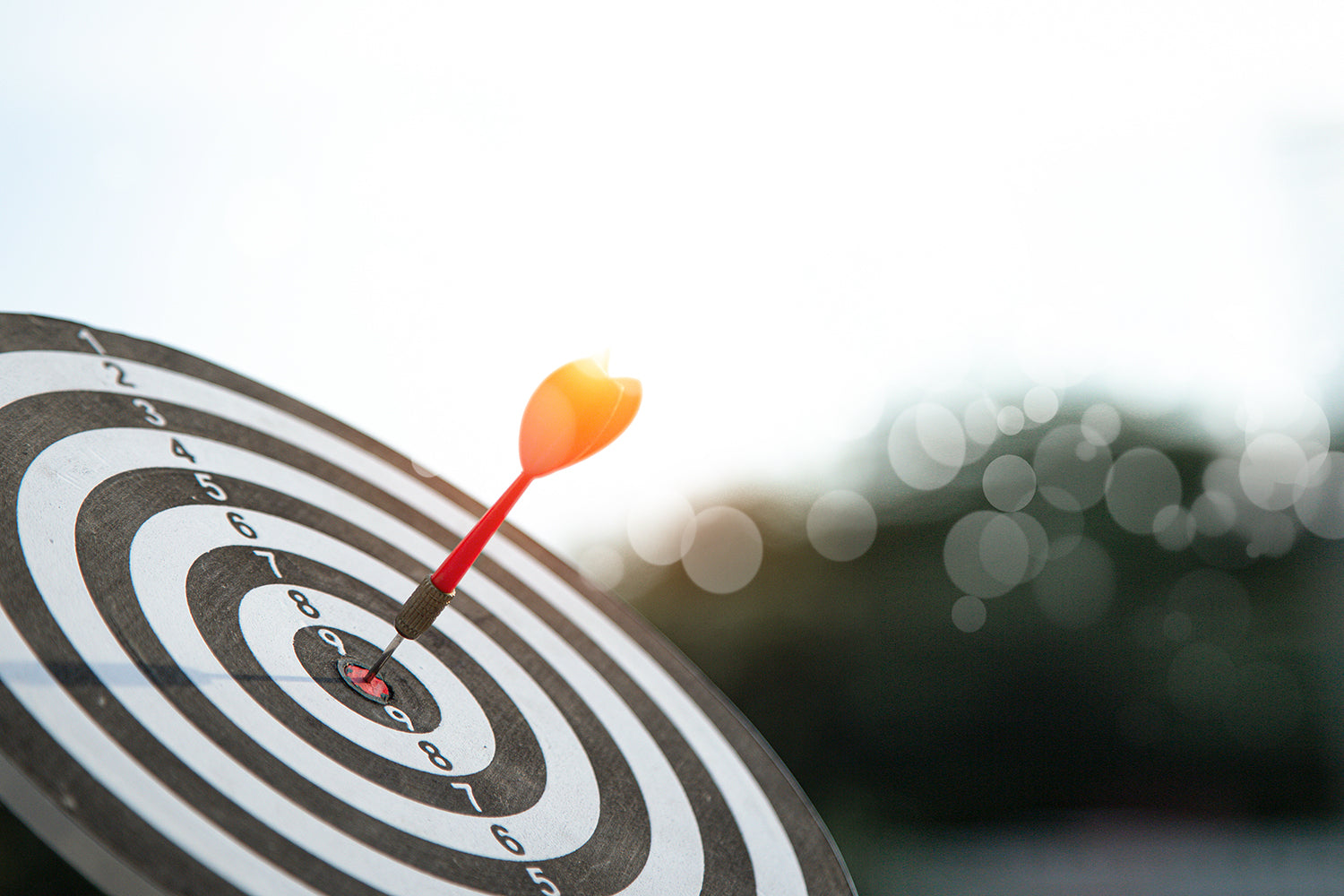
Surface haptics provides greater accuracy when navigating touchscreens. That's because tactile feedback helps to guide our actions. One study concluded that the addition of haptic feedback to a virtual keyboard improved typing accuracy by almost 15%. When users receive multiple forms of confirmation that their actions had the desired impact, they're able to operate with greater accuracy and efficiency.
Common Applications of Tactile Feedback in Haptic Technology
Haptic technology has made its way into all sorts of devices. From smartwatches to flight simulators, haptic technology complements visual and auditory feedback systems through the addition of a physical dimension.

Computer Trackpads
Many modern iterations of computer trackpads make use of haptic technology. These haptic devices help users complete complex tasks by providing a range of feedback stimuli for various actions. For example, haptic technology can emulate clicky buttons while also eliminating dead zones or spots on a mechanical keyboard that don't work because the sensors only respond to pressure from specified areas.
The elimination of mechanical keyboards in favor of haptic-powered trackpads lets manufacturers create slimmer laptops. It also provides greater durability. Mechanical trackpads are prone to break down. Also, the technology opens the door to the creation of seamless design. New laptop models like the LG Gram and the XPS 13 make use of haptic trackpads to provide a slimmer profile.
Mobile Tactile Displays
Many of the latest iterations of smartphone technology have embraced tactile feedback systems that provide users with an added layer of direct feedback for their actions. Traditionally, one of the disadvantages that smartphones faced compared to laptops with mechanical keyboards and mouses was the lack of physical feedback upon taking action. For example, clicking on a conventional mouse button provides the user with a greater sense of certainty than if they pressed against a glass screen with no immediate feedback.
However, modern haptic feedback systems take the guesswork out of clicking buttons on a touch screen. The simulated touch sensation makes it feel as if you're actually pressing down on a button. This retroaction effect prevents us from unnecessarily pressing down a second time since we’ve received confirmation of our action.
Video Game Devices
Haptics has a strong role to play in the world of video games. These sensations enliven gameplay by providing greater immersive elements. The rumble feature in a video game can help provide automatic feedback when a player's character has taken damage. Meanwhile, increased resistance when turning the wheel on a virtual car can better simulate real-world activity.
Haptic feedback can also be used to train a video game user. Unpleasant vibrations accompanying an undesired action create a strong negative association in the mind of the player. By a similar token, a light buzzing used in conjunction with victories or other positive outcomes reinforces the desirability of said outcomes and may incentivize the player to repeat that behavior in the future.
The Role of Piezo Technology in Haptic Applications
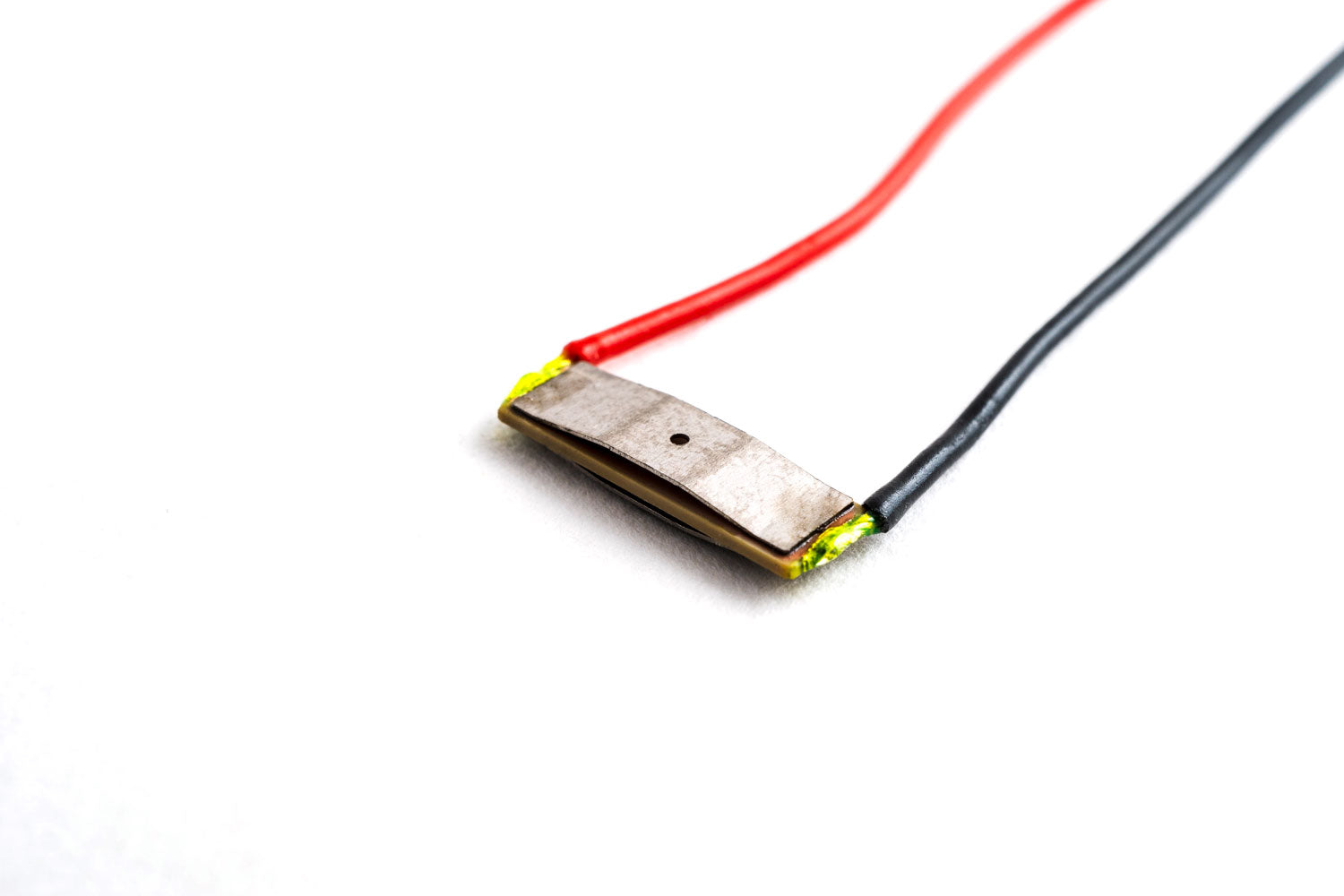
Legacy haptic systems such as linear resonant actuators (LRA) don't provide finely tuned haptic feedback. In fact, they're quite limited in their applications. Unlike piezo haptic technology, they can only turn on and off, and so lack subtlety in the types of feedback they provide.
By contrast, piezo drivers are capable of providing a very broad range of physical sensations through HD haptic feedback. HD haptics doesn't have a single definition. However, it's widely understood to mean haptic feedback that's of a higher quality.
Our piezo drivers improve on haptic feedback in other ways as well. Piezo drivers are much smaller than other, traditional forms of haptic technology. This miniaturization opens up a much broader range of applications compared to ERMs and LRAs. Additionally, because piezos don't rely on moving parts, you won't have to worry about equipment breakdowns or failures as you would with ERMs or LRAs.
Optimize the Haptic Experience With a Top-Quality Piezo Driver
Our piezo haptic drivers can be integrated with multiple application solutions. Not only do they use less electricity than the competition, but they also offer high energy recovery and powerful throughput. This all combines to make them upward of 10 times more efficient than normal piezo drivers. Learn more about our piezo haptic drivers.
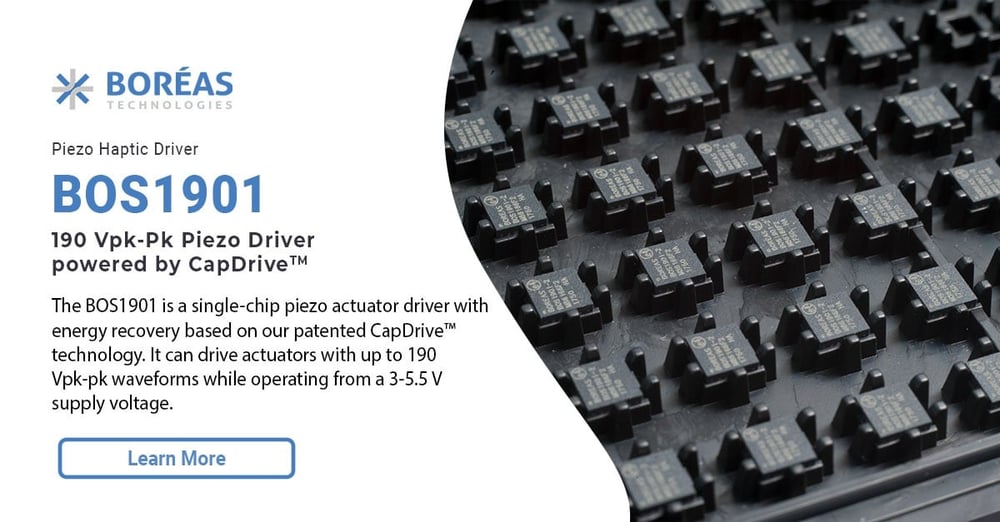

Leave a comment